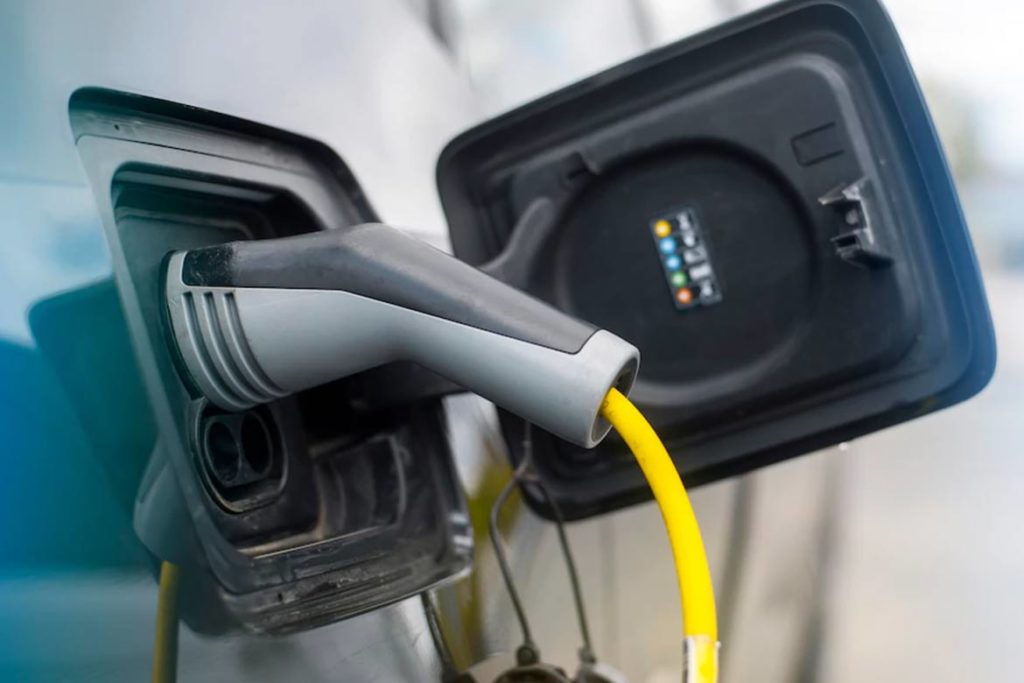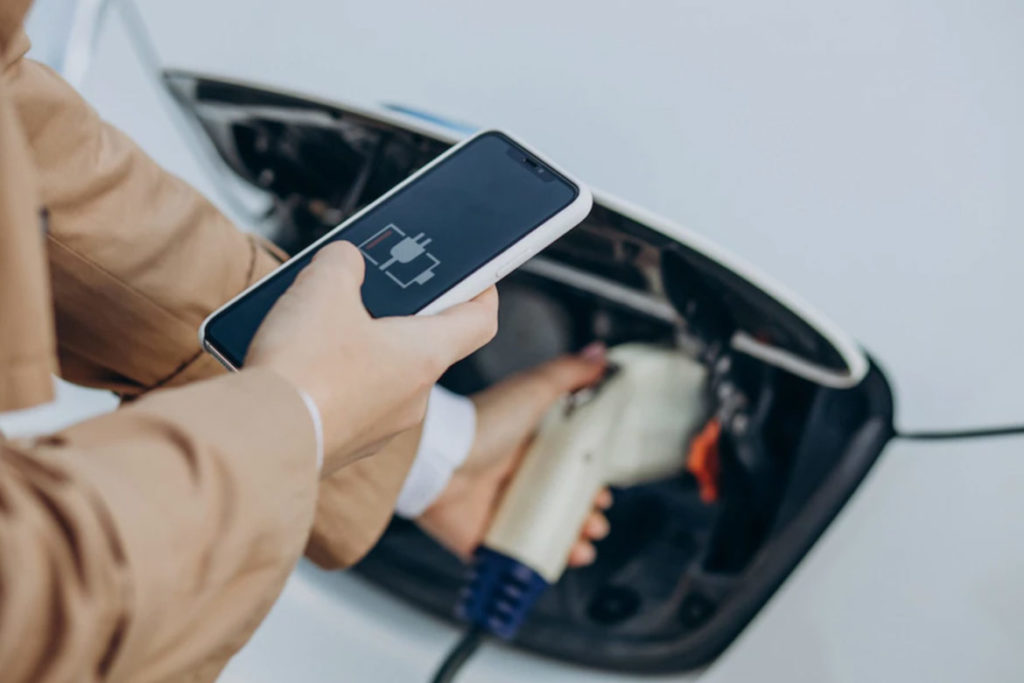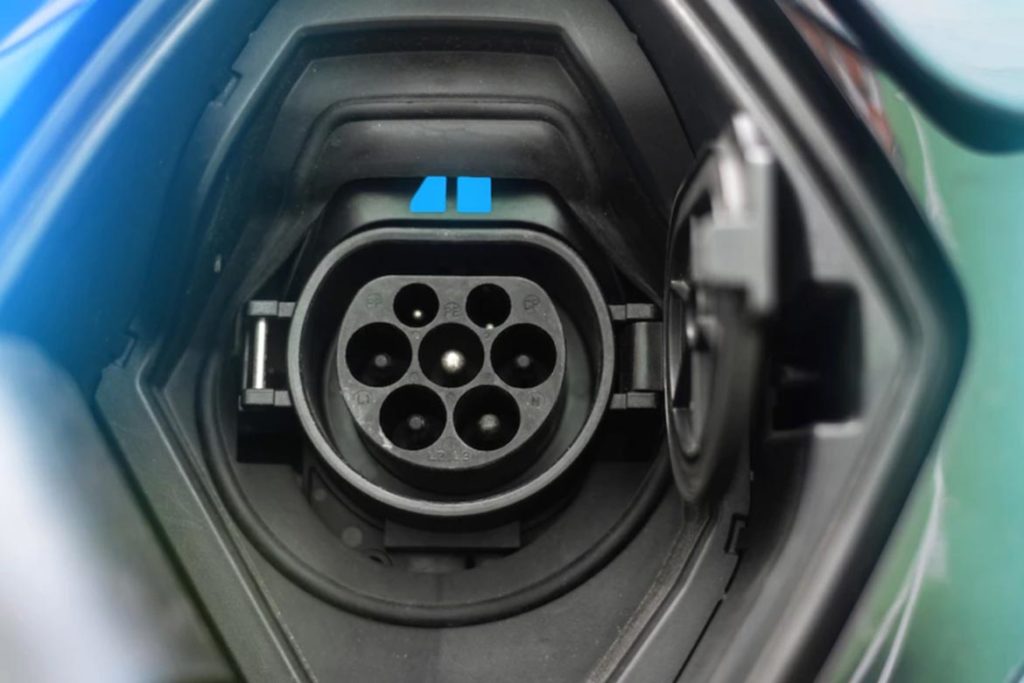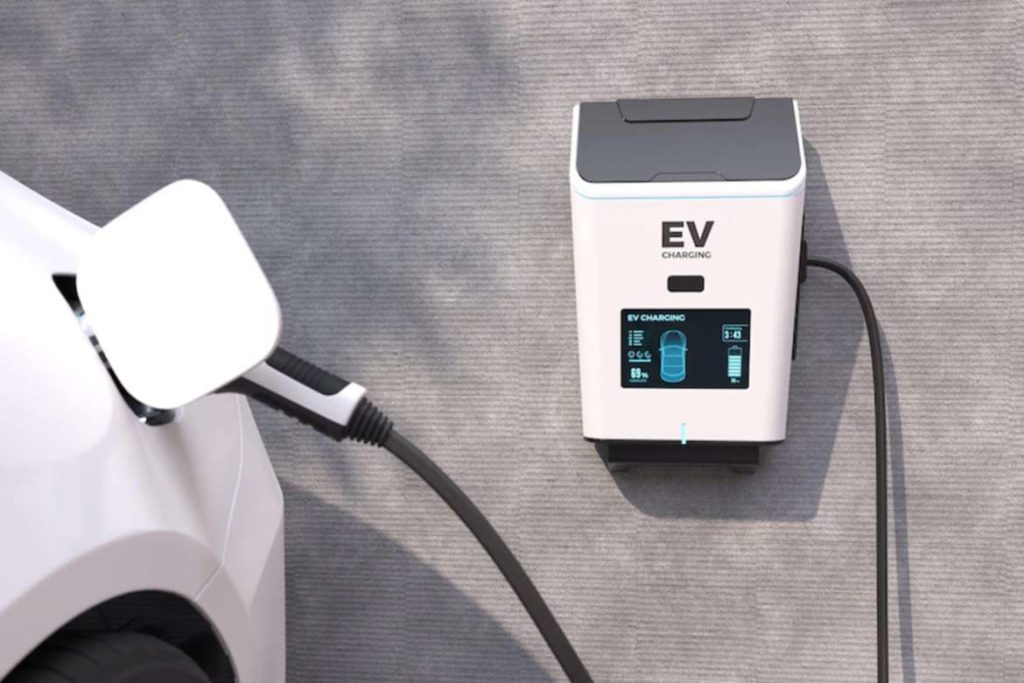Future change is anticipated, especially as a result of EVs’ favourable environmental effects. EVs will aid in air purification and require fewer resources, which will lessen our reliance on the fossil fuels. Millions of electric vehicles, powered by rare earth metals and grid electricity, should be on our roads by the turn of the new decade, which we hope would not be part of a coal fed chain. However, EVs will create a plethora of new business options and provide a world of opportunity for those ready to rise to the occasion. Here are 6 such upcoming business opportunities.
Battery recycling:

It’s expected that by 2030, electric vehicles will have a significant global market share. They are anticipated to number in the tens of millions on the road. India may potentially experience a major shift in the way EVs are viewed, particularly in the 2-wheeler industry. A well-maintained 2-wheeler with a lithium battery is anticipated to have a battery life of about 1000 charge cycles. According to usage, your battery may need to be replaced in 2 to 5 years, or you may be able to determine how inefficient it has become and whether you can still use it.
However, it’s likely that your battery won’t be completely dead if you change your batteries. It is still possible to build up power banks to store energy for other uses in place of discarded batteries. Imagine it as a server farm that would contain electricity instead of information. Although there are a variety of uses for this, it will primarily be utilised to support the grid, particularly for renewable energy sources like wind and solar. The batteries can be recycled to recover particular metals like copper, steel, or aluminium once they have completely lost their charge.
Battery swap hubs:

Consider China, where there are more than 300 million electric 2-wheelers on the nation’s highways. When the battery charge lowers, you may take your 2-wheeler to any of the hubs accessible and swap out the battery for one that is fully charged. Consider the potential for EV growth in India, particularly for 2-wheelers, and the economic opportunities that would arise from having to build a battery replacement facility. The majority of electric 2-wheelers have interchangeable batteries. You just need to construct a charging hub, rent fully charged batteries out to people who need them, and you’re good to go. But it’s also not that simple. There is no standardised battery design. Battery manufacturers create batteries according to their specifications, therefore keeping a variety of batteries in stock may be difficult. However, the battery swap industry may prove to be a successful business model if sales of electric 2-wheelers take off.
Last-mile connectivity:
Over time, the cost of electric vehicles will come down. The adoption of electric 2-wheeler last-mile mobility solutions would then make more sense. For lengthier journeys, you might merely take public transportation; then, when you arrive at your destination, you could board an electric bike or scooter for the final leg of your journey. These 2-wheelers can be geo-fenced to only be used in a certain location. This prevents misuse of the vehicles and range exhaustion.
ICE Vehicles Scrapping Centres:

Read more: Self driving cars: Most advanced autonomous cars present on road in 2022
The market for discarding internal combustion engine automobiles is booming as electric cars become more popular, rendering them obsolete. Global auto sales reached about 80 million as of 2018, and in 2019 that number is anticipated to rise. All of these would be out of date in about ten years. Most of these automobiles won’t be allowed on our roads in ten years or slightly longer due to escalating environmental concerns and governmental pressure. This creates a tonne of commercial potential for individuals who want to recycle the metals and other materials from these cars to make, among other things, EVs. It’s a real gold mine, and we’re now adding gold to it every day!
Setting up a charge and food station:

It is impossible to quickly charge an EV battery. The current charging mechanism takes 50 minutes or more to produce a full charge, even with boosted super chargers. That is a significant amount of time that may be used for a variety of other activities. The idea for Charge & Chill stations was born out of this. People may be drinking coffee, relaxing on a lounge while reading a book, enjoying a meal or snack, or in some circumstances even watching a movie. This implies that charging stations no longer require a specific location, such as a gas station; instead, charging stations can be set up in cafes, theatres, and even malls, where users can access the facility.
Equipments manufacturing/repairing for EVs:
An EVSE, also referred to as an electric vehicle charger, is required to charge electric automobiles from a power outlet. Making and selling electric vehicle chargers is a possibility. The primary contention point in this case is level 2 charging for electric vehicles. Along with electric cars. Level 2 chargers are also offered by a few manufacturers. This industry has a wide range, according to the most recent EVES data market study. As you can see, charging technology is available from outside manufacturers. The increased use of electric vehicles opens up potential markets for the manufacture of chargers.
Apart from that, one could also set up a repairing unit specialized in electric vehicles. Here one can provide replacement of parts as well.

